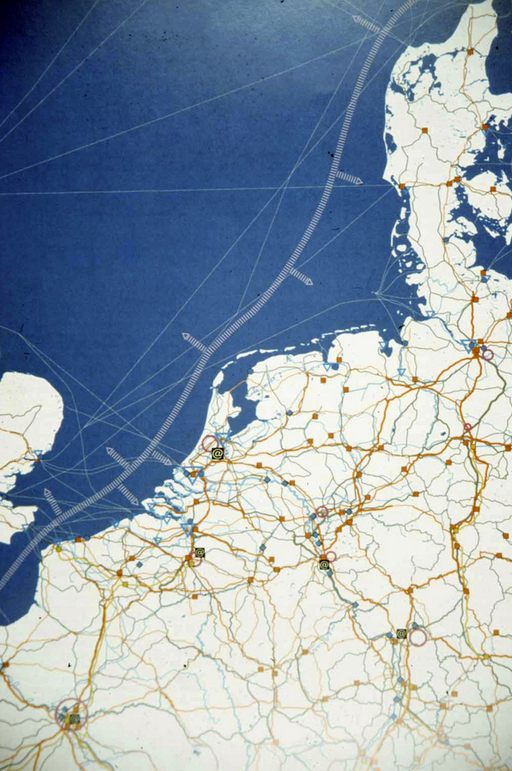Double Dutch
In the coming decade, the city will change radically through transformations of difference, rather then of sameness. New typologies of living, working, and leisure within the city have to be developed. Working and living conditions have to merge within a clear market domain. Historical city centers should not become huge shopping centers for tourists; otherwise they will lose their locals who do not want to live inside a 'museum'. Real life will no longer take place within the realms of suburbia, but the newly defined metropolis. The difference between city and landscape has become increasingly blurred. Contrasts have faded; clear borders are what we need. Even in our fluid society where the Internet and new technologies are playing an important role, we have to define criteria for our public realm. Local qualities have to be stressed under the pressure of globalization. We have to rethink our infrastructure. The airport will connect main points at a greater distance. High-speed trains have to connect cities and main spots. The smaller cities and villages require local public transport and road systems. We have to economize our means and make clear decisions. We can’t avoid considering that the world has changed after 9/11. It is clear that we have to take decision more seriously than before. We cannot only think globally in this multi-cultural world; difference is a positive issue! The Berlage Institute is currently researching new strategies based on the assumption that the Dutch population will double. How will this impact our cities, landscape, and infrastructures? What would it mean if the same 'doubling' were to occur throughout Europe, not only as a result of increased birth rates, but also through migration? How will this change the social, economical, political, and technological environment, and how should we react?
Wiel Arets, Hunch No. 4, The Berlage Institute, 2001, pp. 12






